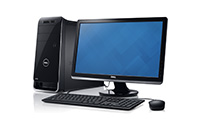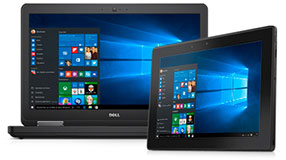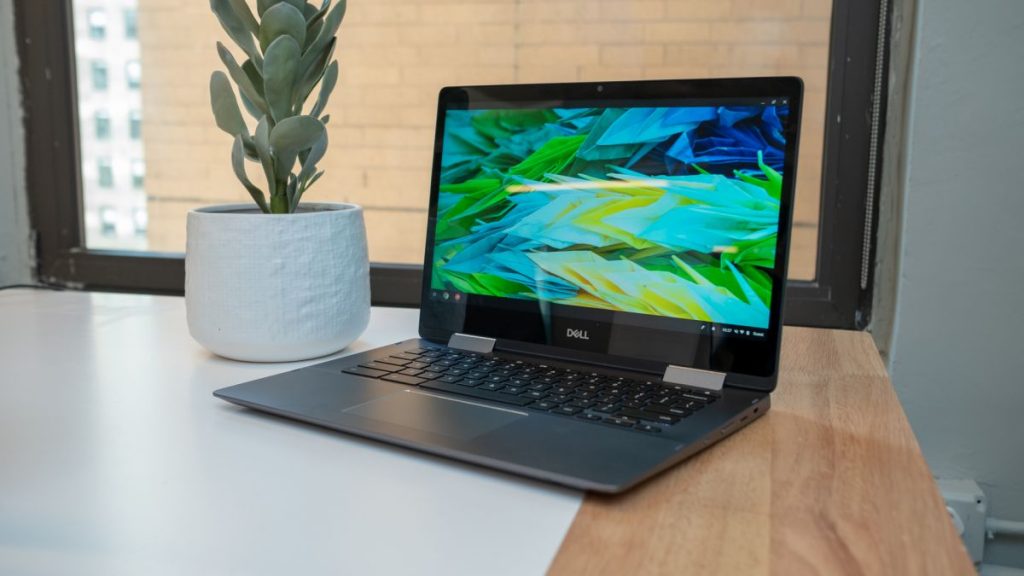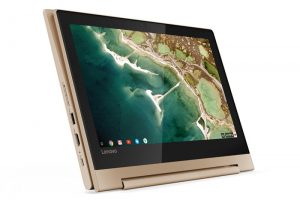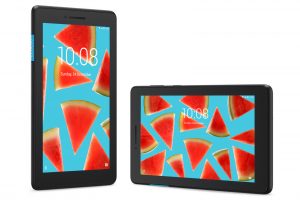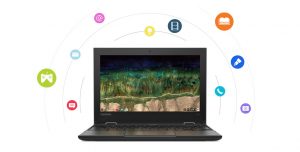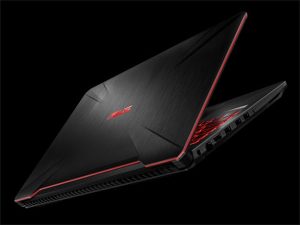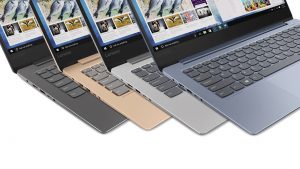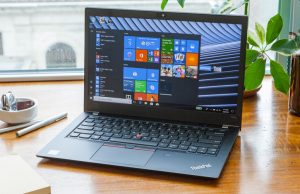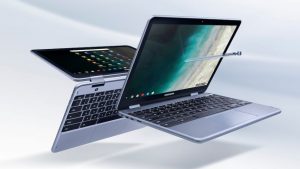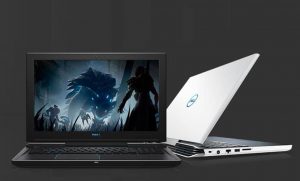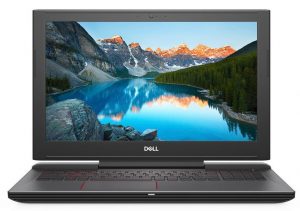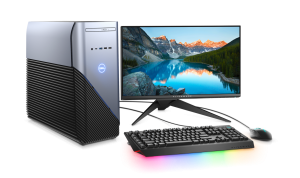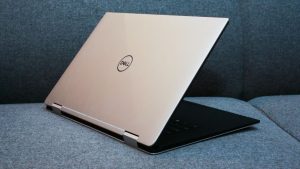

Far more powerful than its 13-inch XPS 2-in-1, which just came out last year, the new edition includes some interesting tweaks to the keyboard. The 15.6-inch LCD screen supports 10-point touch, and a tilt-supporting stylus with 2,096 levels of pressure. You may choose either 1080p or 4K resolution, however the 1080p should offer a longer battery life.
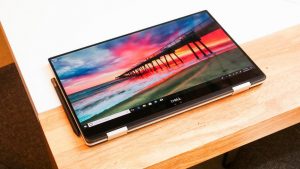

Another comparison, is to the much loved XPS 13 2-in-1 CPU processor, upgrading from Intel’s Core M (used a lot in 2017 thin laptops), to a 65-watt TDP Kaby Lake G chip (either Core i5-8305G, 2.8 GHz/3.8Ghz Turbo, or Core i7-8705G, 3.1 GHz/4.1 GHz Turbo). The latter of the two CPUs have built-in AMD Radeon RX Vega M GL graphics, and 4GB of HDM2 RAM. For memory configurations, options include anything from 8GB to 16GB of DDR4 RAM, plus an optional 32GB. Storage will run from an M.2 SSD with 128GB to 1TB of space. With futuristic internals, this laptop provides no USB Type-A, but USB Type-C 3.1, and Thunderbolt 3 as its primary connectivity choice, which is a quite new standard in higher-end models these days. Although this may take some getting used to, it definitely will not suspend you from getting your work done.



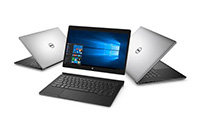 Laptop & Tablet Parts
Laptop & Tablet Parts
